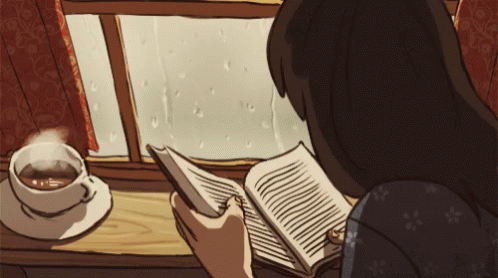
My rating: 4 of 5 stars
With the events of The Rising Storm, things have taken a darker turn in this new era of Star Wars storytelling. The tragic events of that book can be felt throughout this one, already creating an atmosphere doubt, uncertainty, and mistrust amongst the Jedi and the people of the Republic. In this YA continuation of the series, Ms. Ireland takes the reader through a tale drowning in intrigue and mystery, but wraps things up too quickly.
(Warning!: Some spoilers from The Rising Storm are included below.)
The Rising Storm was marked by two devastating disasters: the calamitous Nihil attack on the Republic Fair on Valo and Marchion Ro’s unleashing of the Leveler, a mysterious weapon that killed Jedi Master Loden Greatstorm and left his Padawan, Bell Zettifar, in a catatonic state. Though only the assault on the Republic Fair is directly mentioned in this book, both of these tragedies weigh heavily on all of the Jedi and Republic forces and there is much debate about what should be done and what role the Jedi should play.
Into this story comes three characters: Jedi Knight Vernestra Rwoh, the pilot Sylvestri Yarrow, and Padawan Reath Silas. Sylvestri, or Syl, is a completely new character while Reath Silas is a returning character from the previous YA novel and Vernestra Rwoh is familiar to readers of the High Republic comics or middle grade novels. Each of them is fascinating in their own way, with Rwoh being the standout as she is both a capable Jedi Knight as well as young, unsure, teenager. Each one of them have their own views on what the Jedi should do about the Nihil threat, which creates a nice backdrop debate for this book.
The narrative surrounds a seemingly empty part of space where Syl lost her space ship to Nihil. But there is more going on than meets the eye and all of our characters soon find themselves caught in a web of business and political intrigue connected to another new weapon the Nihil are building.
Though I have been thoroughly enjoying the High Republic series thus far, I must confess that this is my least favorite book in the series so far. There are two reasons for this. The first is that it dwells way too long on the business and political intrigue aspect of the story. Throughout the book, there are secret agendas being pushed throughout and, because of it, our main characters don’t have as much agency as they do in previous novels. Furthermore, the intrigue and mystery surrounding this empty space sector gobble up nearly all of the action. By the time the big reveal happens, Ms. Ireland leaves very little room for the action to happen, whipping through to the conclusion like crazy. Thus, I found my attention getting strained in the middle of the book and then finding myself whipsawed through to a quick conclusion at the end.
The other major drawback of this book is the number of characters. On top our three main characters, there is a shady rich businessman named Xylan Graf, a duplicitous senator, a love interest for Syl, a Nihil named Nan, known to readers of the previous YA novel in the series, Reath Silas’s Jedi master, and Vernestra Rwoh’s empathic Padawan. There are a few other characters that come in and out of the story too, one of which I can’t share because it would spoil one of the mysteries at the heart of this novel, but none of them, with the exception of Xylan Graf, get enough meaningful screen time. And that is a shame because some of them, like Jedi Master Cohmac Vitus, are fascinating characters in their own right. Because of the number of characters, the story struggles to give some of them a meaningful role to play.
One of the characters who does get a lot of screen time, and I hope gets a lot more in future adult and YA novels in the series, is Jedi Knight Vernestra Rwoh. As the youngest Jedi Knight in a generation, Vern is an interesting character in her own right. She is incredibly capable with a good head on her shoulders and an unusual Force connection to hyperspace. It seems the mystery of how hyperspace really works is still being held close to the chest by the Lucasfilm overseers of the High Republic series. It was also great to see Padawan Reath Silas again. He was the standout character in the first YA novel and it is great to see him get more comfortable going on adventures, even if he would still prefer to spend his time in the Jedi Archives. Sylevstri Yarrow is the weaker character in this book, but still fascinating in her own right. I hope to see more of her in the future.
I will also say that the mystery at the heart of this novel is fascinating and it does tie into a weapon that is familiar to Star Wars fans (no, it’s no the Death Star). And though the narrative favors intrigue over action, the action parts are quite good when allowed to breathe. Indeed, I could have seen the action at the climax of the novel go on for a little longer and I would not have minded at all. Sadly, too much of the action does get cut short.
Overall, this book has three very interesting main characters, some good action, and a decent mystery. But it wallows too long in that intrigue and mystery and is overstuffed with side characters. Also, by the end of the novel, it felt like it was overly concerned with setting up future stories. Though I did enjoy this book in the end, it has not been my favorite novel of the series so far.































